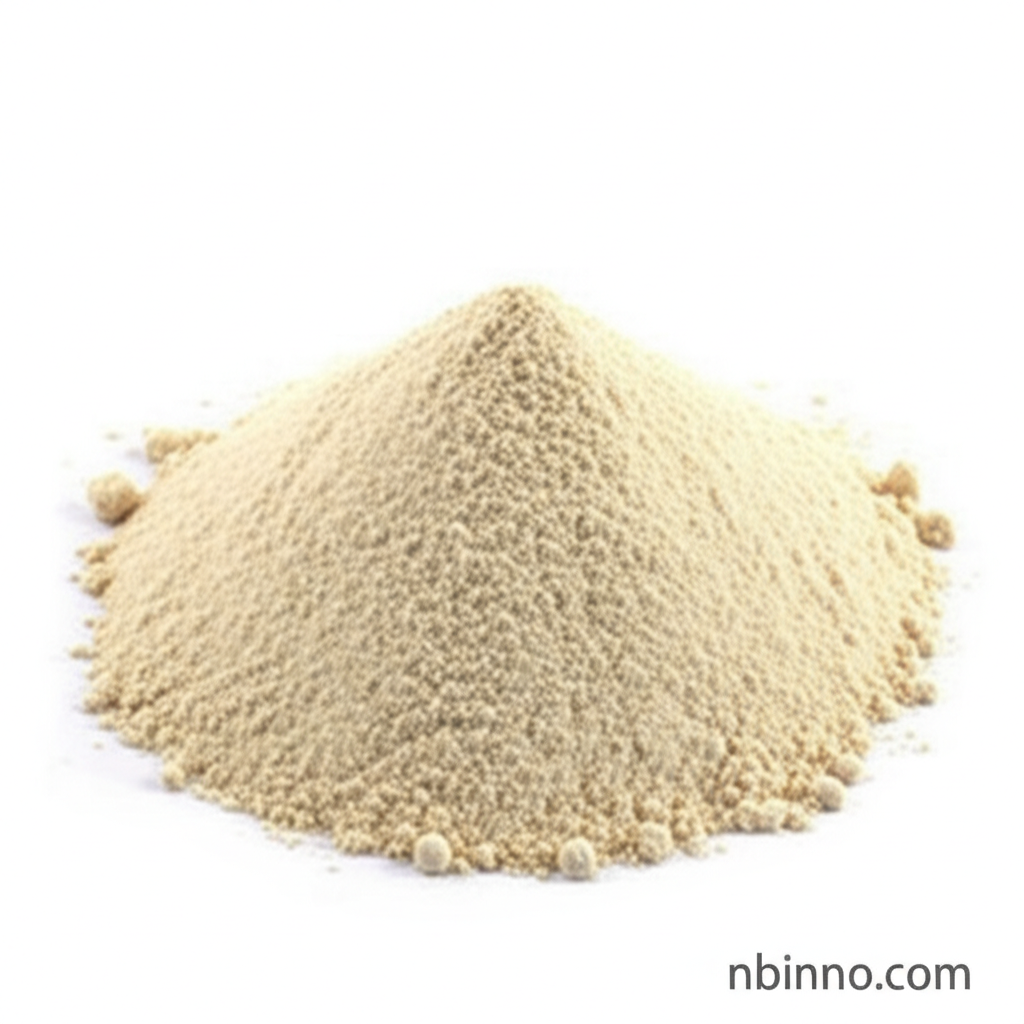Understanding 3-(4-Hydroxyphenyl)propionic Acid: Properties, Applications, and Synthesis
Explore the key attributes and uses of this vital pharmaceutical intermediate and potential antioxidant.
Get a Quote & SampleProduct Core Value

3-(4-Hydroxyphenyl)propionic acid
3-(4-Hydroxyphenyl)propionic acid, also recognized by its CAS number 501-97-3, stands as a crucial compound in the chemical and pharmaceutical sectors. It is valued for its dual role as a pharmaceutical intermediate and a potential antioxidant, contributing to a wide range of research and development applications.
- Explore the diverse applications of 3-(4-Hydroxyphenyl)propionic acid as a pharmaceutical intermediate, facilitating the synthesis of complex drug molecules and active pharmaceutical ingredients.
- Discover the antioxidant properties of desaminotyrosine, which are vital for research into cellular protection and combating oxidative stress.
- Understand the chemical properties of CAS 501-97-3, including its molecular formula C9H10O3 and molecular weight of 166.17 g/mol, which are essential for accurate chemical handling and formulation.
- Learn about the natural occurrence of hydroxyphenyl propionic acid as a metabolite in the human body, highlighting its biological relevance and potential health implications.
Key Advantages Offered
Versatile Pharmaceutical Intermediate
Leverage the utility of 3-(4-Hydroxyphenyl)propionic acid as a key building block in the synthesis of pharmaceuticals, enabling the development of new therapeutic agents.
Potent Antioxidant Properties
Utilize the antioxidant capabilities of desaminotyrosine in research aimed at preventing cellular damage and mitigating the effects of oxidative stress.
High Purity and Quality Assurance
Ensure reliable results in your research and production with high-purity chemical compounds like 3-(4-Hydroxyphenyl)propionic acid, crucial for stringent pharmaceutical standards.
Key Applications
Pharmaceutical Synthesis
As a vital pharmaceutical intermediate, 3-(4-Hydroxyphenyl)propionic acid plays a crucial role in the multi-step synthesis of various drug compounds.
Antioxidant Research
Its inherent antioxidant properties make desaminotyrosine a valuable tool for researchers investigating oxidative stress, cellular damage, and related health conditions.
Biochemical Studies
The presence of hydroxyphenyl propionic acid as a human metabolite opens avenues for biochemical studies related to gut health and metabolic pathways.
Chemical Synthesis Reagent
Beyond pharmaceuticals, its reactive functional groups make it a versatile reagent in broader organic synthesis applications.
